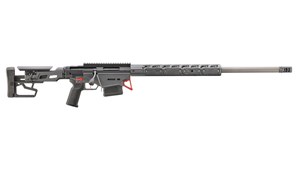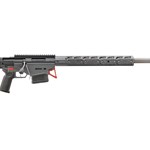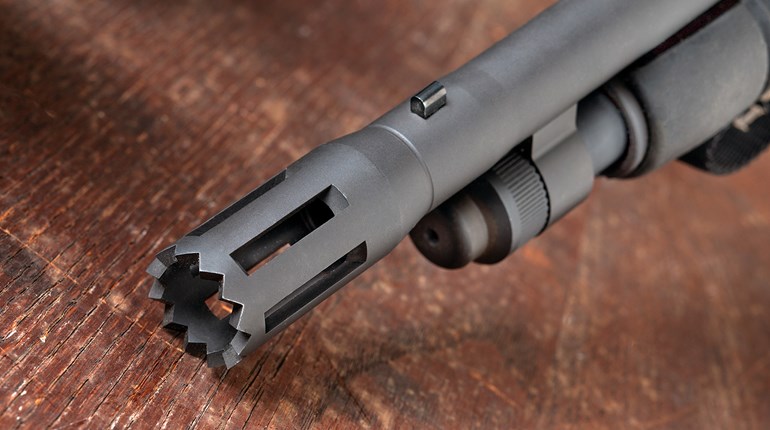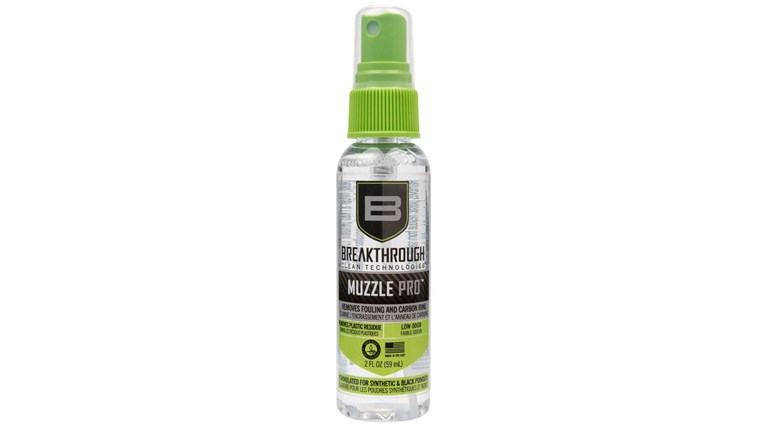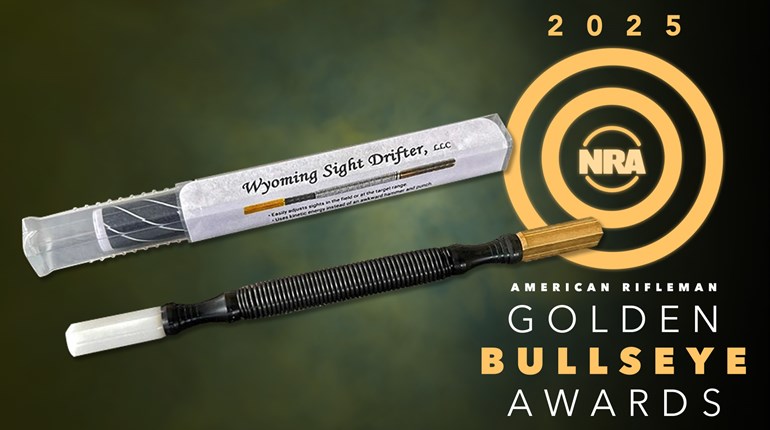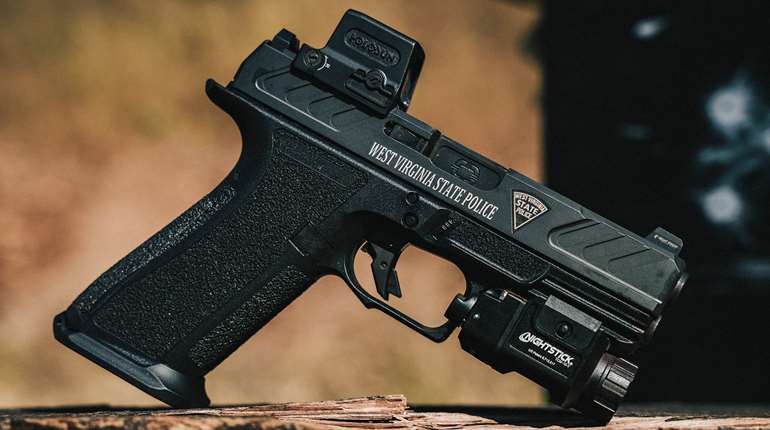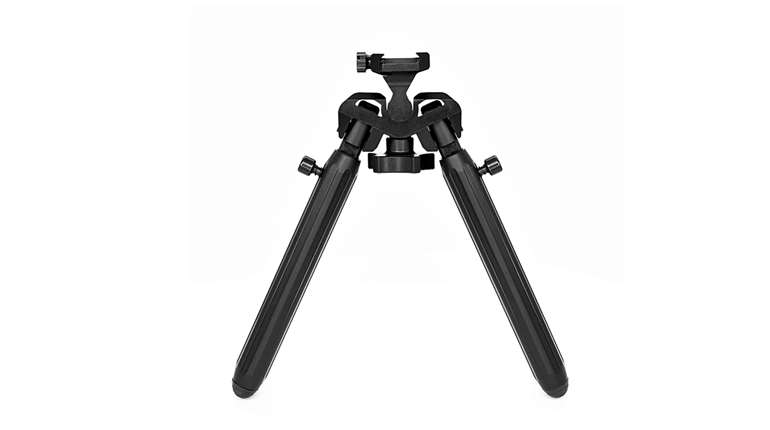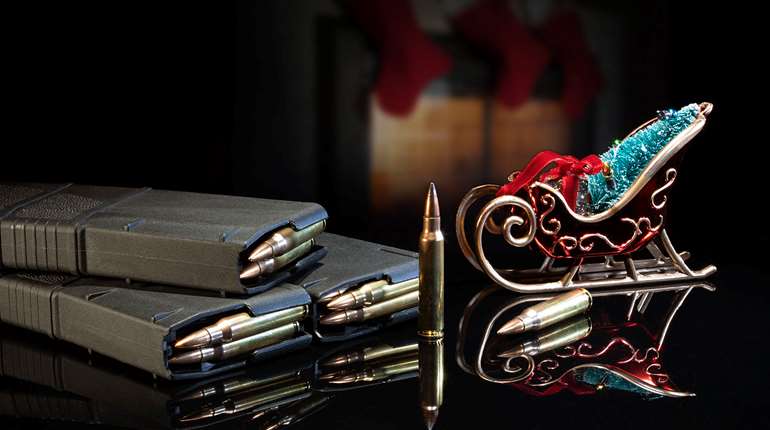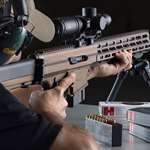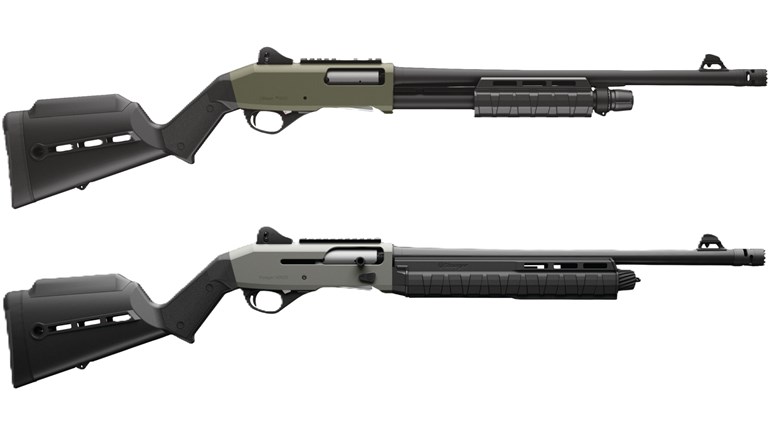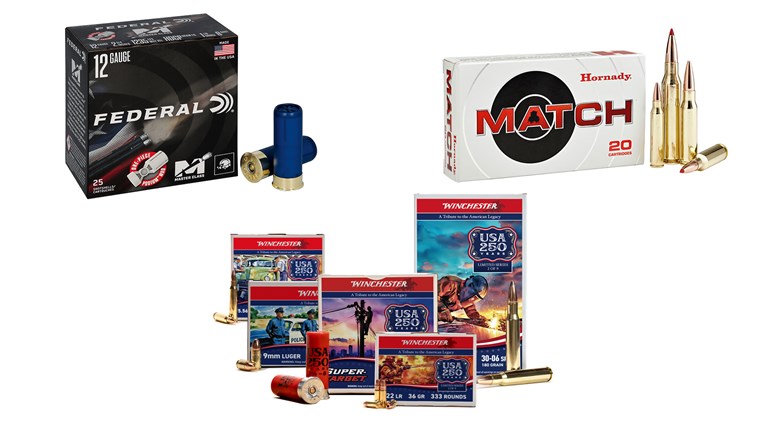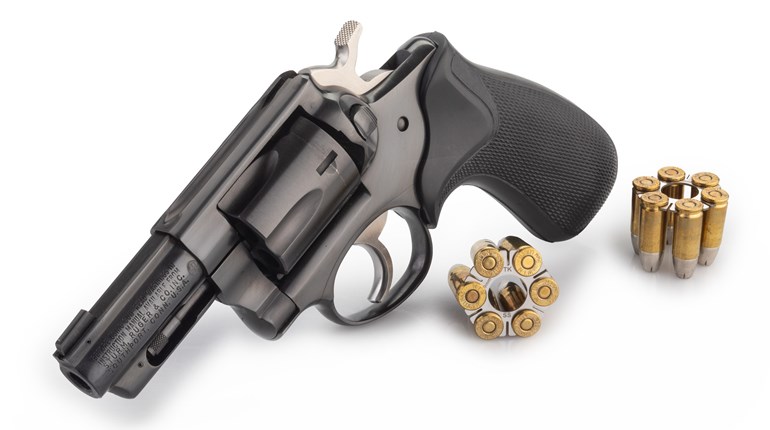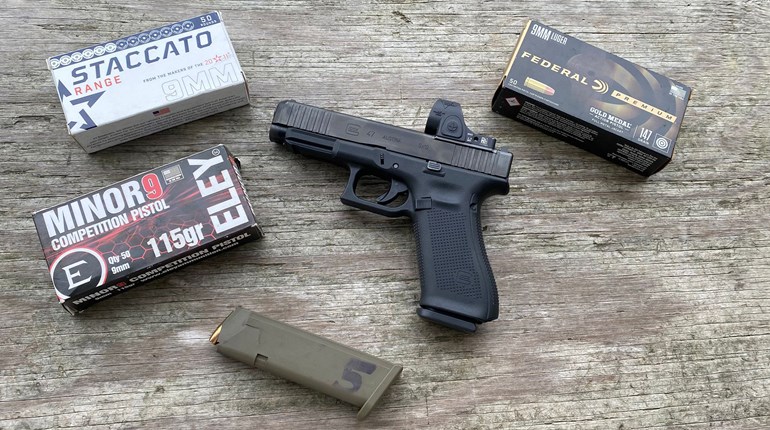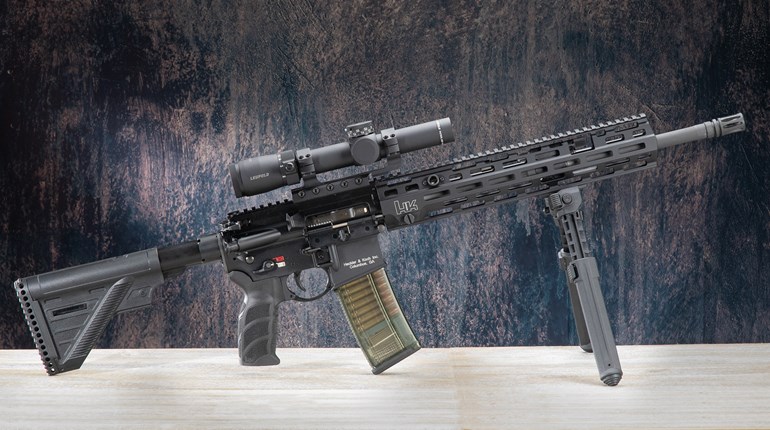
This article, "Clean Up Your Act," appeared originally as a Shotguns column in the November 2017 issue of Shooting Illustrated. To subscribe to the magazine, visit the NRA membership page here and select Shooting Illustrated as your member magazine.
“There is nothing in life quite as exasperating as cleaning one’s own firearms. I only knew of one person who derived joy from it, and he met a bad end.” —General Theodore Roosevelt, Jr.
I’m often amused at the raging debates over what home-defense shotgun is the most reliable, pump vs. semis, Inertia vs. gas, and blah blah blah. Fact is, nearly all shotguns of decent quality are ultra-reliable if kept clean and well-oiled. Therefore, one could argue that the cleanliness of your defensive shotgun is more important than any load or choke you choose. Even some of the notoriously unreliable shotguns are only unreliable after they’ve been dragged around a dove field or a range for years without so much as a whisper of oil ever touching their guts. Plenty of times when folks talk about unreliable guns, they’re talking about dirty ones.
But, the home-defense environment is not Afghanistan, where soldiers may not be able to clean their weapons for weeks on end. Your bedroom—right up until the moment of a home invasion—is a controlled environment, so your shotgun better be clean and slicker than a used-car salesman. Here’s how to clean your home-defense shotgun.
The Full-Clean
Annually, or after you’ve fired more than about 100 rounds through your shotgun (or anytime it looks or feels dirty), a full breakdown and cleaning should be conducted. For specific advice on your particular model, consult your owner’s manual, but in general what you should be concerned with cleaning the most are a few of the common, moving parts that ensure your shotty will go bang every time.
The gist is to clean all grime and carbon deposits that could hamper its action and firing pin movement, such as bolt motion and lockup, extraction, ejection, reloading and primer striking. Then you need to lubricate them.
Begin by breaking the shotgun down into several parts groups, including the barrel/fore-end and receiver. For guns like Benellis and Remington’s VersaMax that feature a return spring hidden within the buttstock, you may wish to remove the buttstock, but more on that later. Remove the trigger group from the receiver by tapping out a couple of pins, then remove the fore-end from the barrel. Next remove the magazine-spring-retention cap and the spring from the magazine tube, along with the follower, being careful, of course, not to remove your eye while doing so.
Use compressed air, initially, to blow as much grit and grime as possible from the trigger assembly. If it’s super dirty, pull the trigger to release the tension on the hammer spring before soaking the entire unit in brake cleaner or surface-prep solution, or you can hold it upside down while spraying it with a similar aerosol product. Scrub all parts and then wash again before blasting with air to remove excess liquid. When you work moving parts, like the hammer, safety and shell carrier, you shouldn’t feel any grit. Finally, lightly coat all parts with a thin lubricant.
Run a shotgun swab down the magazine tube a few times until it shows little fouling. Use an oily rag to clean the mag spring and follower thoroughly. If the shotgun has been fired heavily, remove the firing pin from the bolt before cleaning and lightly lubricate it. Then put the toothbrush to the bolt head and especially the extractor. If you can’t get it pristinely clean, disassemble it and clean by scrubbing or soaking until it shines.
Using a round brass brush, clean the chamber and barrel extension, paying particular attention to the notch where the bolt locks up to it. Consider purchasing a metal pick kit (like those dentists use) to remove all fouling even from the smallest recesses.
If your shotgun has an external-action-return spring, remove it from the magazine tube and clean. For Benelli-type shotguns that have their action-return springs in the buttstock, run a dry .410-bore shotgun swab down the tube. If it comes out really dirty, consider removing the stock so that you can remove the spring to clean thoroughly. If it’s not really dirty, the swab alone should suffice.
For gas-operated guns, find out where the gas ports exit, and, if possible, clean them with a pipe cleaner as best you can. Avoid filling the ports with oil; use compressed air if possible. Many gas-action guns have a series of metal rings around the magazine tube; remove them to clean them inside and out. Check for loose, frayed or brittle O-rings on guns that have them, such as Remington 1100s. (The O-rings are the least-expensive part, but one of the most important for functioning. Buy a bunch of them and change them often.) Finally, lubricate the gas-action system thoroughly before putting it back together.
Next, clean the inside of the receiver, focusing on the raceways on its interior walls. Check the safety if it’s tang-mounted, and use a pick or brush to clean it if it’s not slick. On pumps, clean the action bars.
Now reassemble your shotgun. Then go to the range, load the magazine and shoot a few shells through it to make sure you’ve reassembled it correctly and it runs like a Singer sewing machine. Doing so will also blow out any excess oil. Work the action and all its controls. Try the safety, then the trigger. Finally, use a very light protectant-type oil to wipe off every metal part of the shotgun’s exterior. When it’s completely clean, load it up again, store it according to your own system and smile knowing you’ve done your part to keep your defensive scattergun ready for anything.
